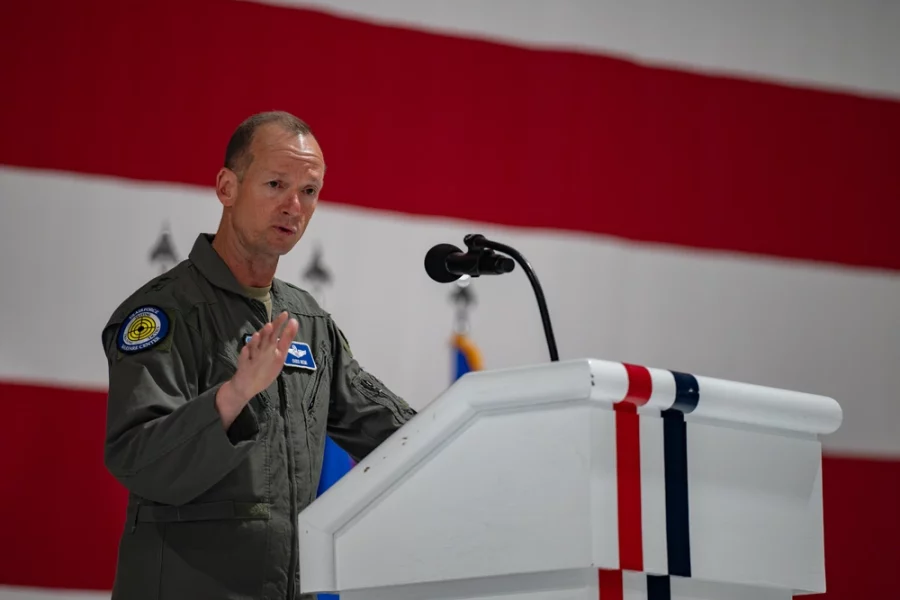The Air Force is abandoning its year-old plan to create an Integrated Capabilities Command and will instead consolidate those functions under a new Chief Modernization Officer, who will be part of the Air Force Futures organization.
“Rather than establishing a new major command, the functions of Integrated Capabilities Command (Provisional) will be fully integrated into the A5/7 no later than April 1, 2026,” according to a statement issued by the Air Force on Oct. 15. The decision to drop the ICC and fold its activities into the existing Air Staff structure was made by Air Force Secretary Troy Meink and Chief of Staff Gen. David W. Allvin “to better align modernization efforts across the Air Force,” the service said.
The decision does not affect the separate Integrated Capabilities Office, which serves the Secretary and works to coordinate the modernization efforts of the Air Force and Space Force, among other functions, a service official said.
Maj. Gen. Christopher J. Niemi, director of concepts and strategy under Air Force futures, will “lead the effort to determine the future A5/7 organizational structure,” an Air Force official said, quoting an internal document.
The ICC was one of the principal organizational changes developed under former Air Force Secretary Frank Kendall’s “reoptimization” of the Air Force. It was to have taken over many of the requirements-setting functions of the various Major Commands, to ensure that a holistic approach was taken in meeting the demand for new capabilities. The move was not popular with the MAJCOMs, however, which reportedly balked at giving up their prerogatives over requirements.
“This restructuring will accelerate the delivery of combat power, improve efficiency, and shorten the decision timeline,” Meink said in a statement provided by Air Force public affairs.
The work put into creating the ICC over the last year will be leveraged to “accelerate the speed of decision-making, decrease resource expenditures in staff and personnel, eliminate duplication of effort at echelons of command, and shorten coordination steps in the associated command structures,” the Air Force said in its statement.
The role of the new Chief Modernization Officer will be to coordinate:
- Strategy and Force Design
- Mission Integration and Mission Threads
- Capability Development and Requirements
- Modernization Investment Prioritization
Until the Air Force Futures organization is restructured, the provisional ICC will “continue its efforts to enhance modernization prioritization across the enterprise, supporting key investment areas and laying the groundwork for the future roles, authorities, and organizational structure of the A5/7,” the Air Force said.
“The Department remains fully committed to accelerating capability development and delivering warfighting solutions that enhance operational effectiveness, readiness, and lethality,” it added.
Another service official stated that the move aligns with Secretary of Defense Pete Hegseth’s goal to limit or reduce general officer billets and streamline the service’s organizational structure. Creating the ICC would likely have required two or three general officers, he said. He added that there were “still some questions about how duplicative” the ICC would have been with functions already performed by Air Force Futures. He said the change will give A5/7 “some more teeth” to ensure that modernization efforts across the Air Force are “unified and holistic.”


